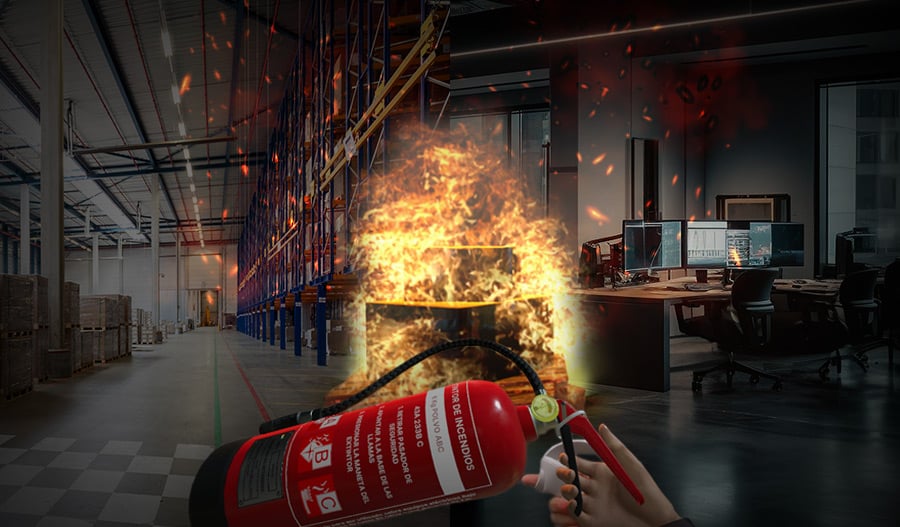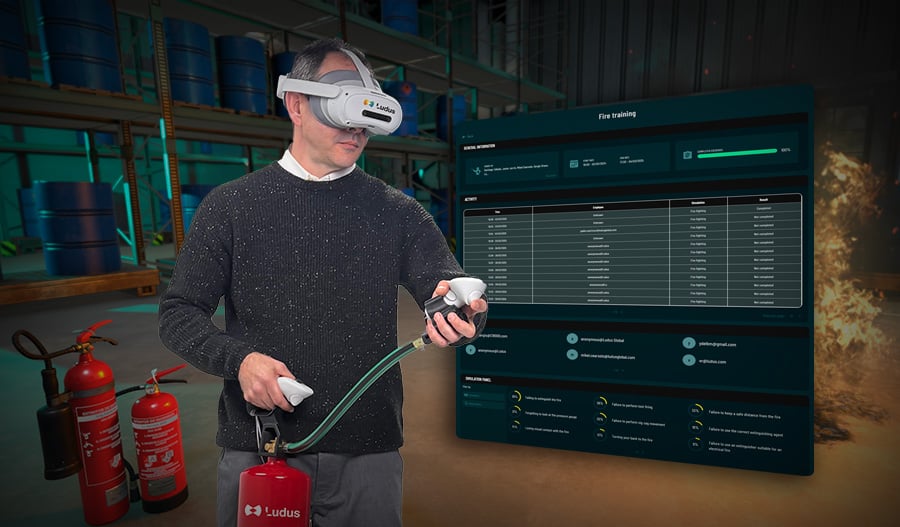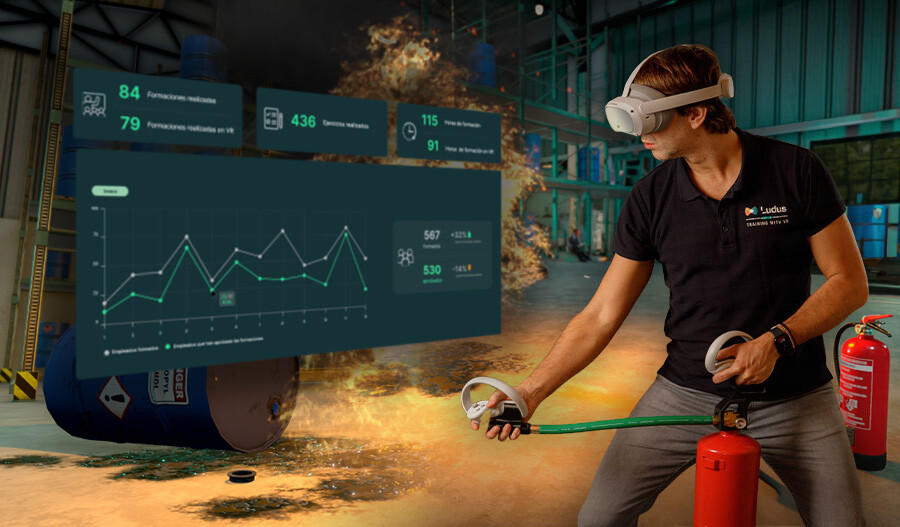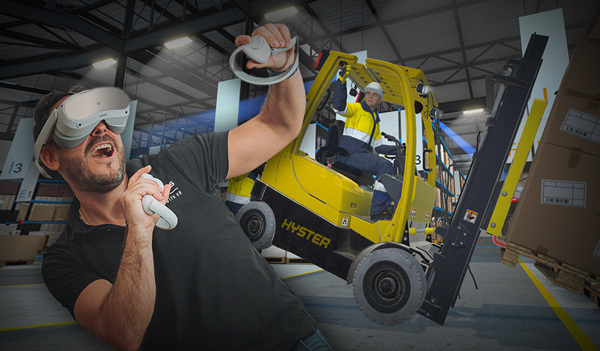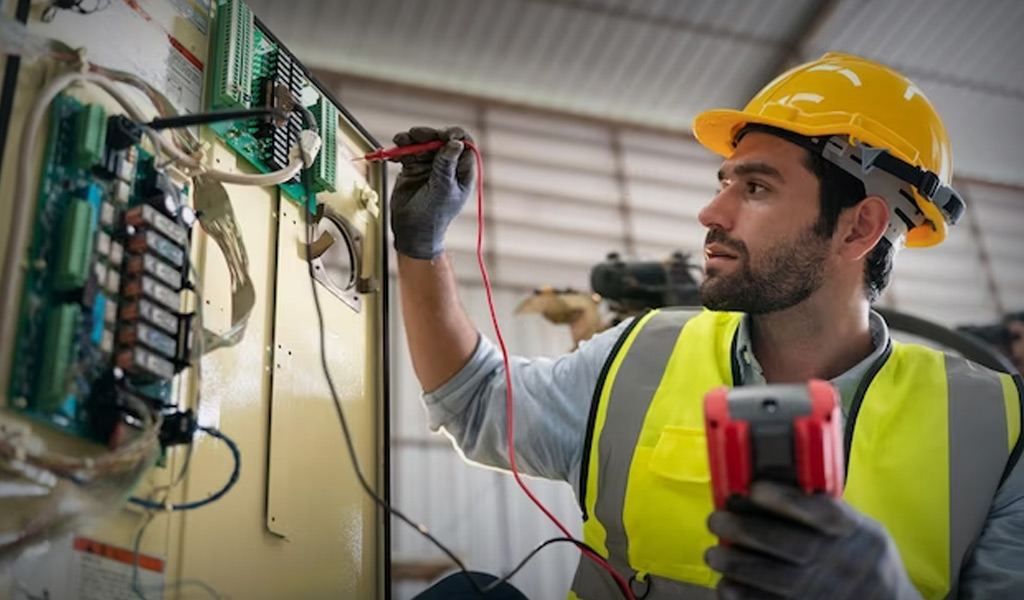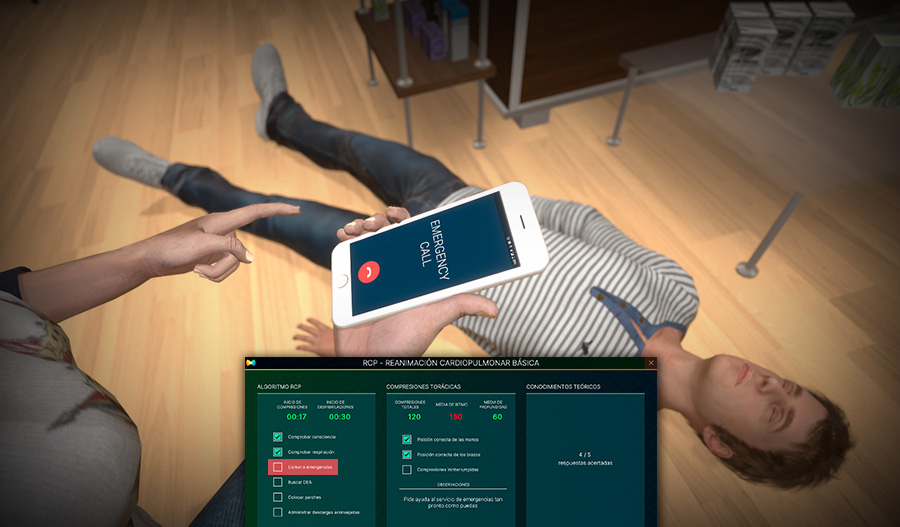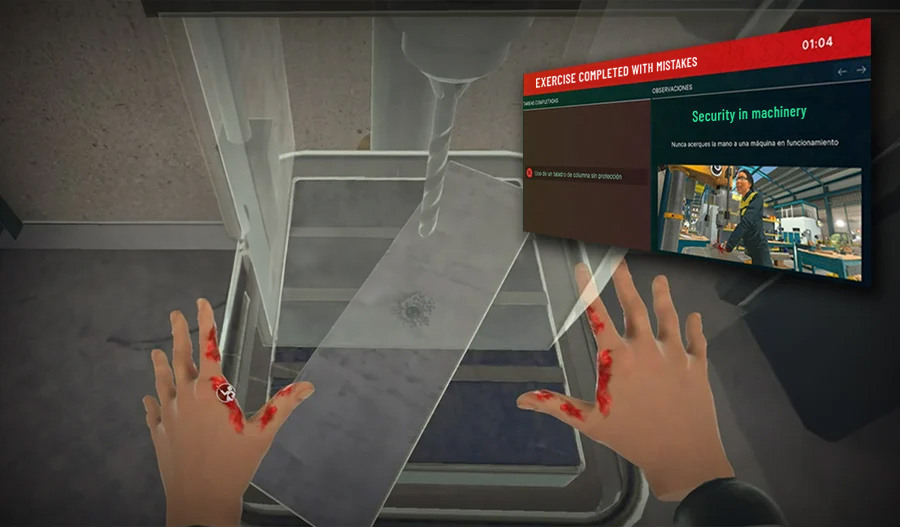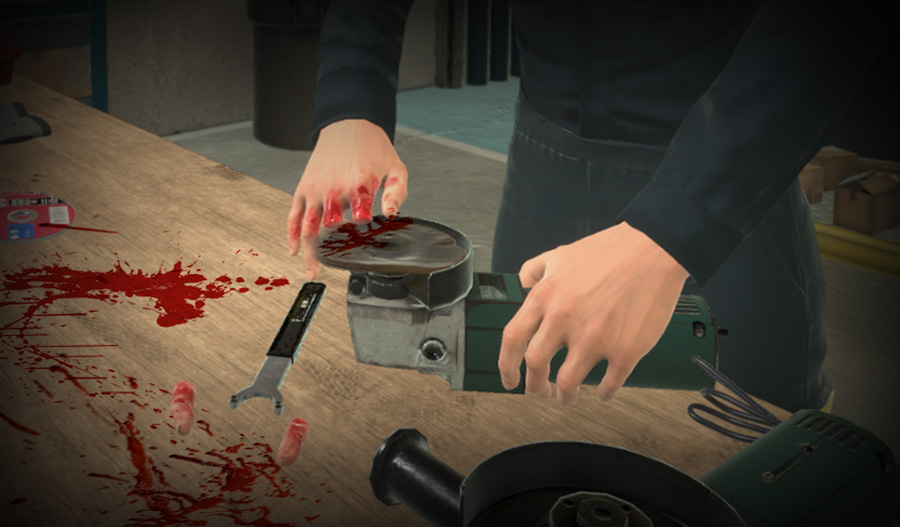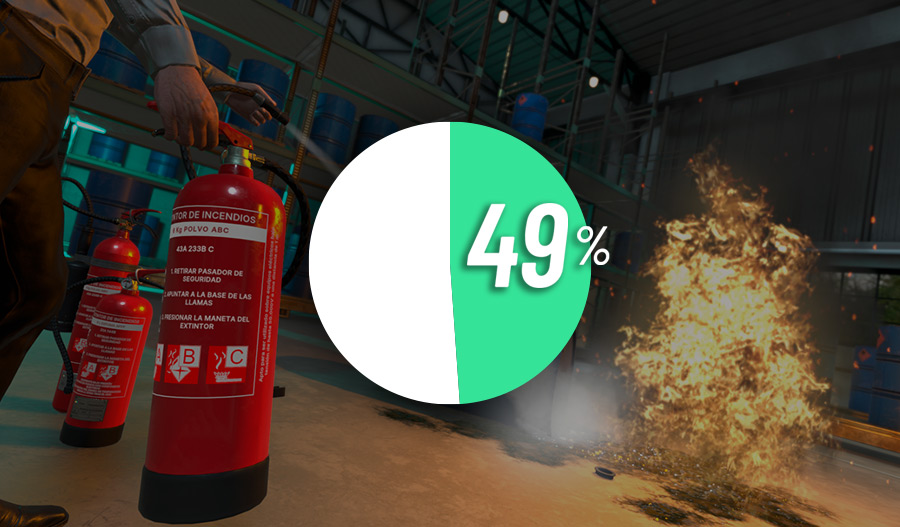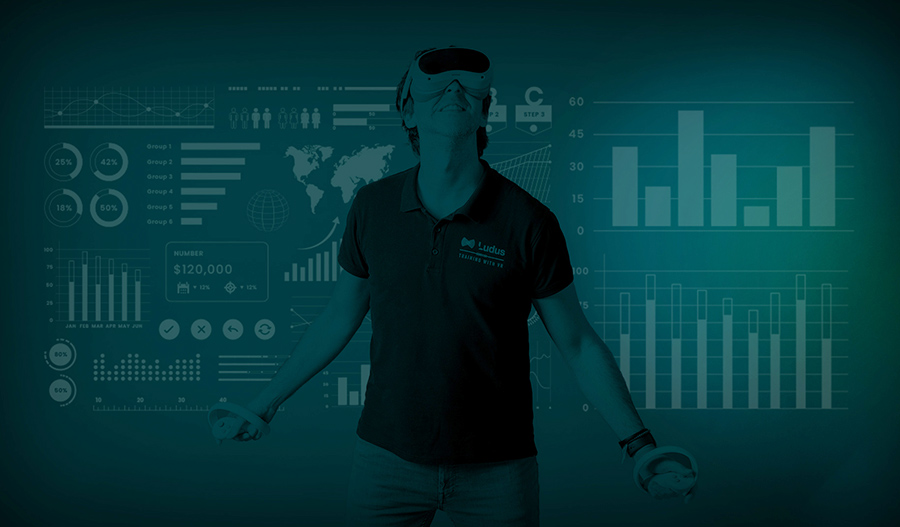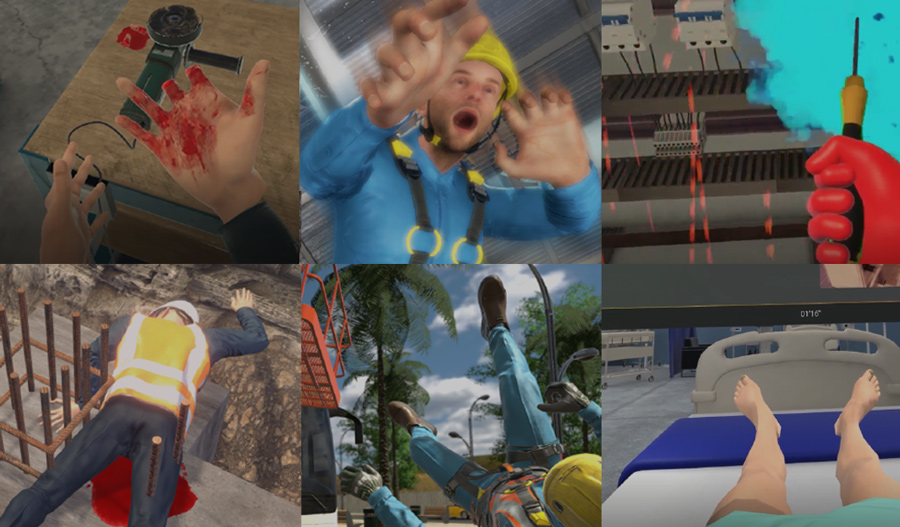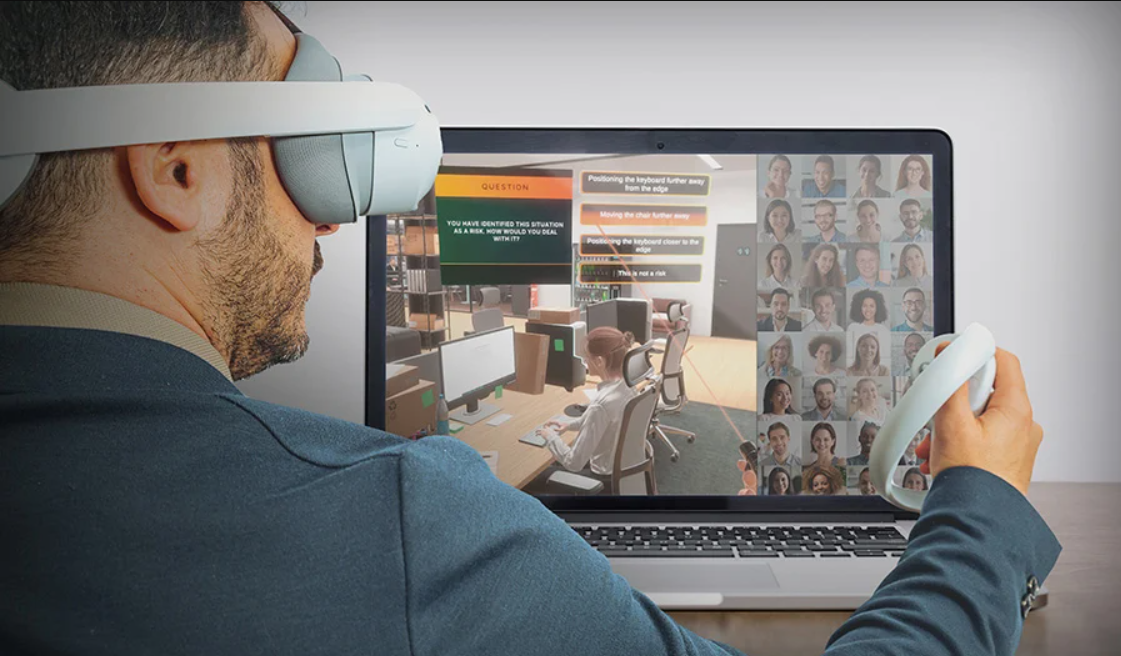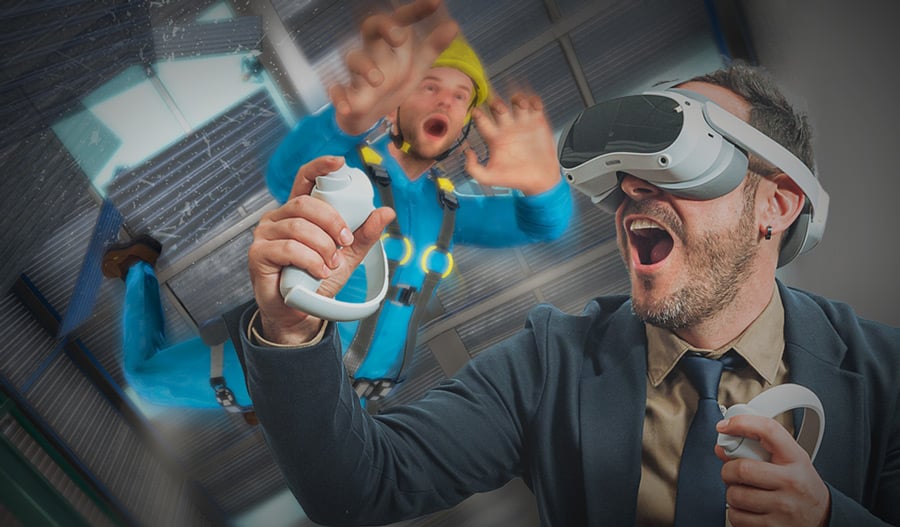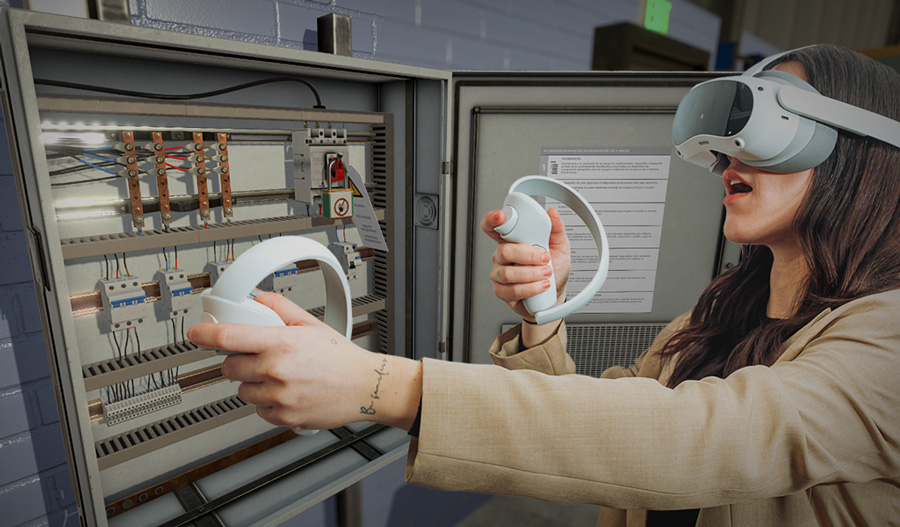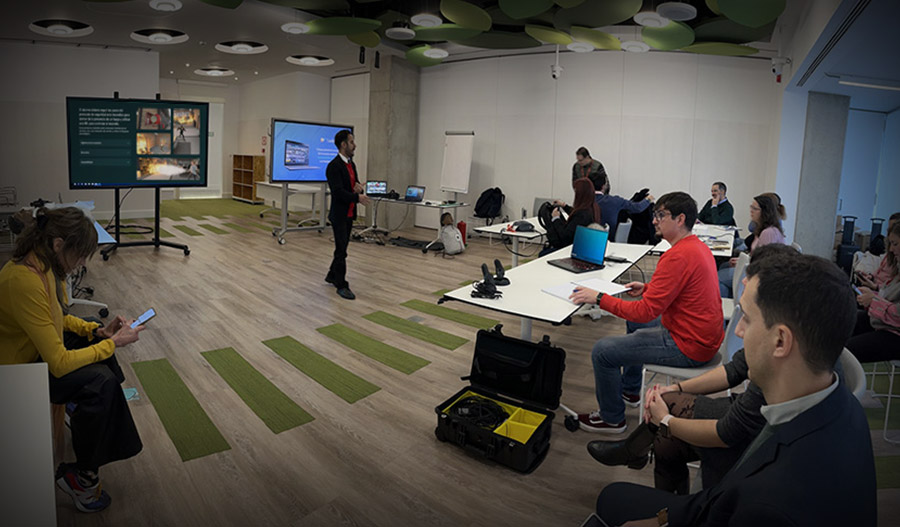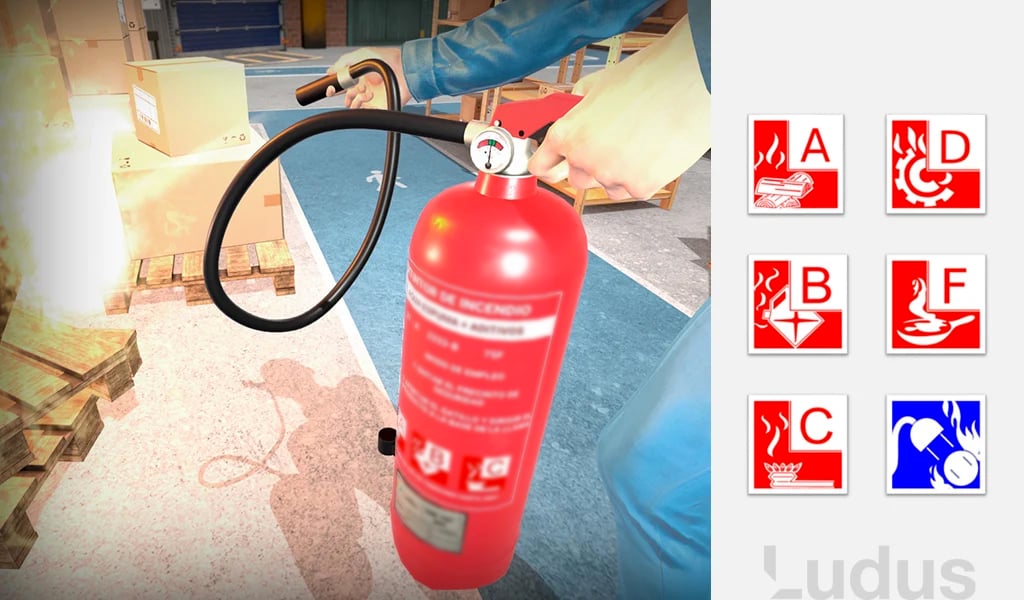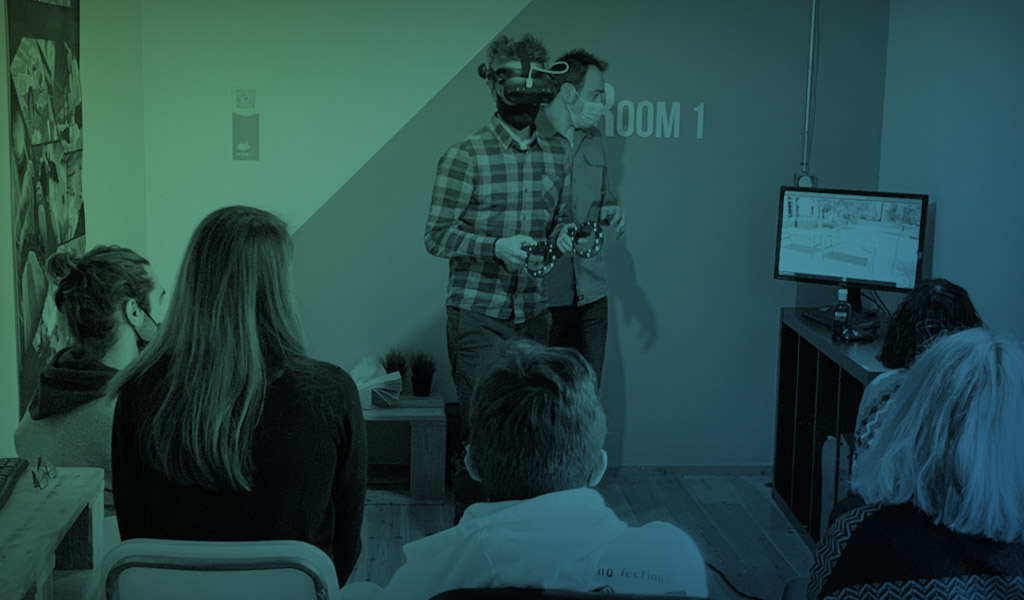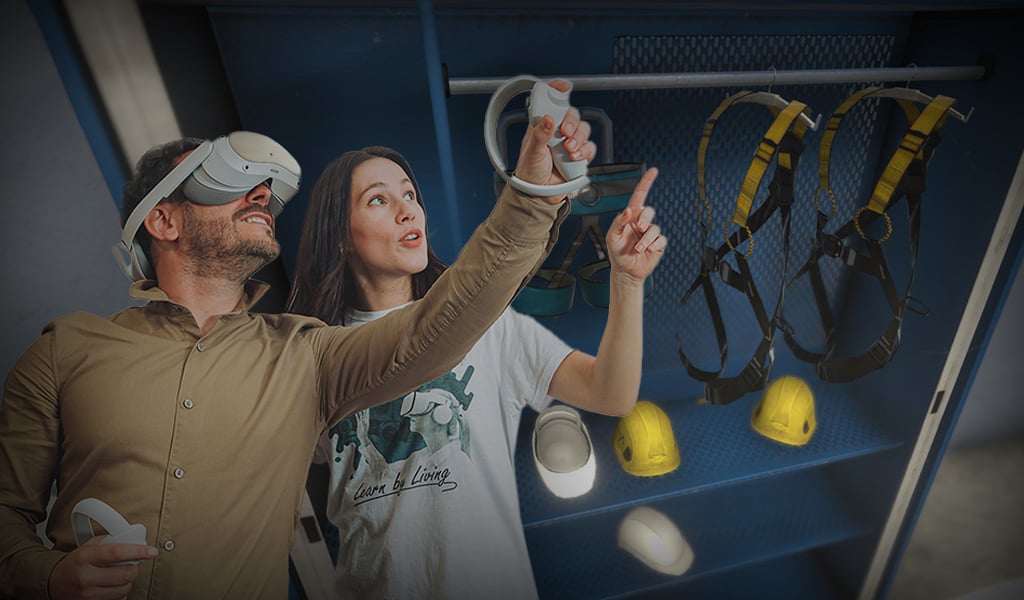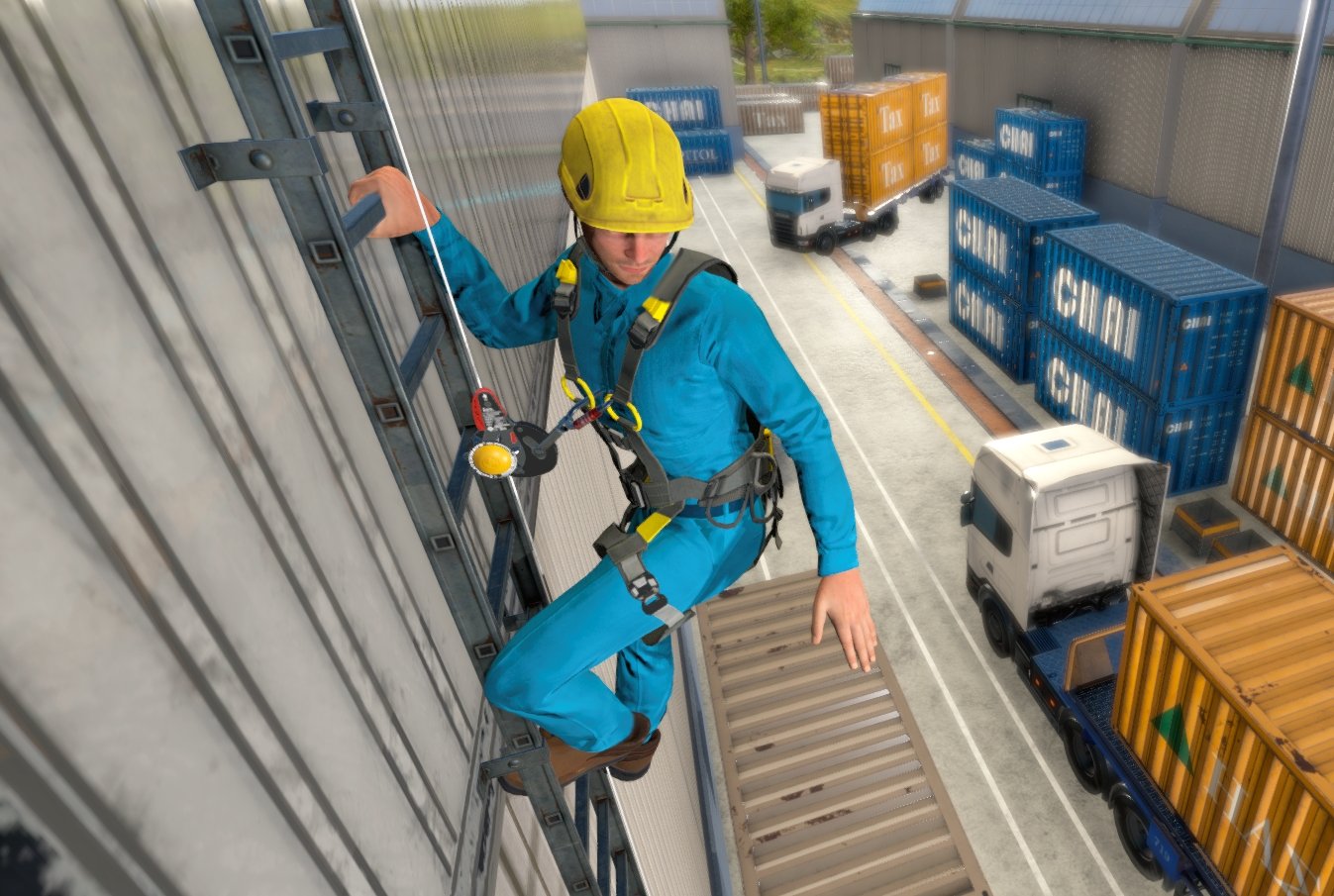Working with elevating platforms (MEWP) entails an inherent risk that sometimes leads to tragedy. According to data collected in the IPAF Global Safety Report, at least 109 people died while using a MEWP in 2021. In an effort to reduce these figures, technologies such as virtual reality are being implemented in elevating platform training.
One out of every 5.7 reported MEWP accidents resulted in death
The accident statistics related to the use of elevating platforms don't lie. Out of the 628 workers involved in the reported accidents in 2021, 109 lost their lives. In other words, one out of every 5.7 workers involved in accidents died in 2021. This speaks to the high incidence of fatal accidents in MEWP-related work.
To combat these accidents, the International Powered Access Federation (IPAF) provides general recommendations. These guidelines aim to prevent and mitigate the various types of accidents that commonly occur when using elevating platforms.
However, the most important tool to prevent these accidents is occupational risk prevention training (HSE). Training employees to recognize risk factors and anticipate accidents can save lives.
New technologies such as virtual reality have emerged to give a fresh boost to HSE training. This tool helps deliver experiential and dynamic training, enhancing education and awareness.
Training in the use of elevating platforms with virtual reality
Virtual reality allows individuals to immerse themselves in realistic environments and situations through simulations. In the context of using elevating platforms, the trainer has access to a virtual scenario to train operators.
By wearing VR goggles, workers face on-the-job risk situations first-hand. Training becomes immersive, and employees experience sensations while learning, which enhances information retention. This learning model is known as "Learn by living."
The HSE trainer configures different experiences for employees and has control over this tool. It serves as a new vehicle for delivering training and sharing knowledge.
By virtually facing risk situations encountered in their daily work, employees prepare themselves to perform correctly in real-life scenarios. VR training doesn't replace mandatory practical exercises but can be used as a preliminary step.
In addition to using VR to deliver training, it can be useful as a "pre-practice" tool. Students go through simulations before engaging in mandatory practical exercises, allowing them to become familiar with the processes. This helps to reduce the time needed for practical exercises and improves efficiency by minimizing errors.
Undoubtedly, one of the distinguishing elements of elevating platform training with VR is the occurrence of virtual accidents. In this type of training, workers can make mistakes that would result in fatal consequences in reality.
Virtual errors and accidents in elevating platform training
The possibilities offered by virtual reality allow for the configuration of numerous risk situations and accidents. Making mistakes and visualizing their consequences firsthand helps workers avoid making them in real life.
In elevating platform training with VR, employees can experience various virtual accidents:
Falls from the MEWP
Falls are one of the most frequent accidents related to the use of elevating platforms. When an employee is in an elevated position, a fall can be fatal. Here are some types of virtual falls that can occur in PRL training with virtual reality:
- Falling due to reckless behaviour while getting on the platform, for example, using a ladder inside the MEWP basket. Climbing on the basket's railing would be another behaviour that leads to a virtual accident.
- Falls due to catapult effect while descending on uneven terrain.
- Falling due to incorrect anchoring to the basket during the use of elevating platforms.
- Falls from using the extendable structure to descend from the platform.
Toppling incidents during the use of elevating platforms
Toppling incidents are one of the most frequent accidents with MEWPs. In 2021, 36 toppling accidents related to the use of elevating platforms were reported.
Safety and health training for MEWPs with virtual reality also includes the possibility of experiencing these accidents:
- Toppling due to ground collapse when placing the platform on a manhole.
- Toppling incidents caused by collision with another machine when the platform is not properly marked.
- Toppling incidents due to excessive weight by using elevating platforms as cranes.
- Toppling incidents due to inclinometer manipulation.
Electrocution, the deadliest accident in the use of elevating platforms
Electrical risks are the most fatal type of accidents when working with elevating platforms. The 27 individuals involved in reported electrocution accidents in 2021 died, resulting in a 100% fatality rate.
Electrical risks are also present in training sessions for the use of elevating platforms with virtual reality. The trainer can simulate the contact between the MEWP and electrical power lines, causing the accident.
When working with MEWPs near power lines, planning and risk assessment are vital to prevent accidents.
In addition to the Elevating Platforms risk simulation, the Ludus platform offers many other simulations available to occupational health and safety trainers. With their license, trainers gain access to all the content, including Fall Protection, Safety in Construction, Forklifts, CPR...
Would you like to learn more about our elevating platform simulation or how to implement VR in your safety and health training? You can contact us through the following link:


